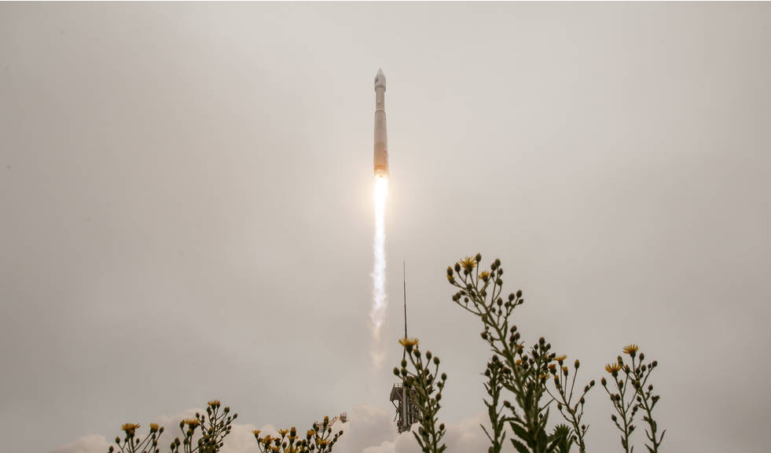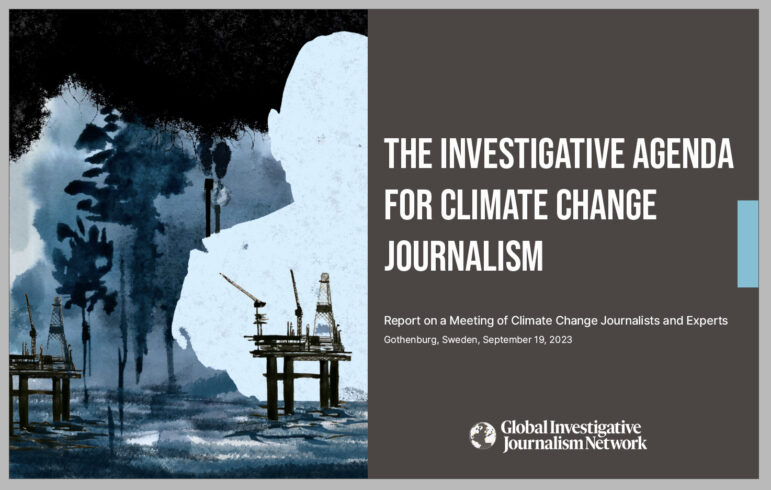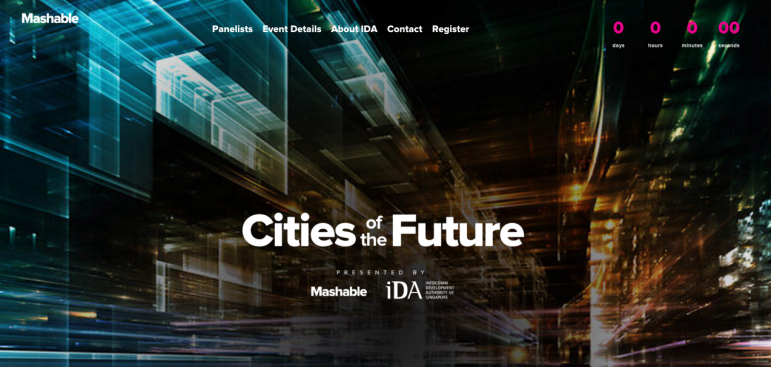

Information is Power: Sustainable Development Labs
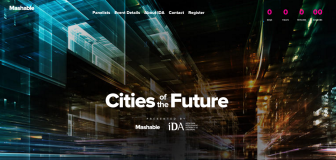 Last week, I spoke on a panel at a Mashable Event in San Francisco called “Cities of the Future” about a vision I have to create Sustainable Development Labs in the poorest neighborhoods in our cities. You can follow the conversation online and I’d like to explain my vision in greater detail.
Last week, I spoke on a panel at a Mashable Event in San Francisco called “Cities of the Future” about a vision I have to create Sustainable Development Labs in the poorest neighborhoods in our cities. You can follow the conversation online and I’d like to explain my vision in greater detail.
Information is power. Communities that embrace technology and innovation thrive and grow, and while those that fail to keep up are increasingly left behind. For the poorest and lowest skilled among us, the pace of innovation and information technology is a massive threat.
Technology is a wealth multiplier for the educated and already affluent. But if you don’t have education, skills, and access to capital, innovation means fewer jobs with lower pay and increasing inequality in our societies.
Sustainable Development Labs can bring the benefits of technology and innovation to the poorest communities in our cities and nations, providing education, jobs, and growth by channeling IT projects to work with and for the people in those communities. They will be digital hubs of community programs that bring data and apps, cloud and devices, to millions of people who need help with crime, sanitation, clean water, public health, traffic, transportation, pollution, climate resiliency, nutrition, new energy sources, business planning, and economic growth. Sustainable Development Labs can help revitalize crumbling neighborhoods, solving pressing social problems that have vexed cities for decades.
I want to share with you my vision for Sustainable Development Labs, describing what they look like, how they work, where they fit within a City, who works there, what products they produce, how they are funded, owned, and which customers they serve.
The Vision
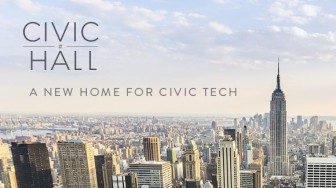 A Sustainable Development Lab (SDL) is an incubator for small business growth in poor communities. Incubators attract innovators with education and the resources to self-invest in startups. The SDL is designed to bring those people and their resources to communities that never get that attention and need it far more than the upscale and commercial communities where incubation labs are most often built.
A Sustainable Development Lab (SDL) is an incubator for small business growth in poor communities. Incubators attract innovators with education and the resources to self-invest in startups. The SDL is designed to bring those people and their resources to communities that never get that attention and need it far more than the upscale and commercial communities where incubation labs are most often built.
Just building the Lab in a poor neighborhood is an investment in that part of the city. It brings construction crews, and traffic, and later office workers, and a modern building to a part of the city that has not seen that kind of growth before. Done correctly, over time the SDL will attract the growth of restaurants and shops, create demand for new office space and service industries, and drive economic growth by employing and inspiring neighboring residents to work with technology.
The design of the building should engage the public by exposing information on the outside with huge video screens that constantly provide community residents with information about where they live, the projects the teams in the SDL are working on, the people, the challenges, the news, the weather. Instead of walls and windows in which workers within can see the people outside, the SDL will provide a window for the people to look inside and see the data and innovation that will change their lives. I envision data displays with information like real time poverty indexes, hunger and nutrition, current weather forecasts, mass transit schedules and performance, crime trends and hotspot warnings, public health trends, women’s equality.
The design concept for the Lab should be to engage with the community to leverage technology to improve the lives of residents, and thereby educate through active collaboration and demonstration, inspiring new generations of people never exposed to Information Technology to become active co-creators, inventors, and civic activists. The lab should bring the data, apps, and rich media of the world to the doorstep of the community. It should provide a safe space for journalists to work with Open Data specialists, for community leaders to plan Open Data collection and publication, for government officials to work together with startups and learn new methods, and for private industry to discover new requirements and solution opportunities.
Sustainable Development Goals
In September 2015, the United Nations announced the 2030 Sustainable Development Goals, and this Sustainable Development Lab should bring together IT startups and the communities that need sustainable development to use data and IT to achieve significant progress across the 17 goals. The lab itself should be attracting IT professionals to work on startups in each goal category, with private sector and foundation funding to engage with community residents on collaborative projects that help real solutions for common problems that can be replicated across the city and nation to advance sustainable development.

For example, teams of specialists could work with local residents to document storm runoff patterns during rainy seasons, and then use Internet of Things sensors to monitor water accumulation and develop solutions to protect homes and businesses, as well as document the impact of water and pollution on local health. These projects might develop deep insights into weather/health patterns and use those insights to develop consulting services that improve the planning of health resource allocation for public and private health facilities.
 Data specialists could collect local transportation data and map trends over an extended period to develop solutions for new bus routes, develop business plans for car sharing services, work with city planners to install traffic lights and change street plans to reduce traffic accidents.
Data specialists could collect local transportation data and map trends over an extended period to develop solutions for new bus routes, develop business plans for car sharing services, work with city planners to install traffic lights and change street plans to reduce traffic accidents.
There are hundreds of well-documented urban success stories from using data to help communities become more resilient, attractive, safer, and more productive. And each project is an education opportunity for the lower income residents who get involved, providing opportunities for skill development, capacity building, and hope.
Links to Other Labs
Sustainable Development Labs should be developed in cities around the world, and I envision a future network of labs located around the world that share project ideas, best and worst practices, and generate implementation patterns that can be replicated in every geography. This provides the opportunity for Lab leaders to rotate and create an international fellowship program to spread experience and skills throughout the world.
Links Within the City
I also envision linking the labs to public libraries within the cities, as logical extensions of Lab operations. Libraries are information centers where citizens can be exposed to the world through the Internet, especially in communities that lack high-speed bandwidth. They can become 21st Century digital learning centers where residents can meet to plan IT projects, learn about new resources, host meetups and hackathons, and share community challenges and solutions with other libraries, the SDL, and communities of journalists, private sector volunteers, and IT startups. Libraries can become sources of community challenges and requirements, as well as places where residents can learn about solutions being tried in other parts of the city.
Funding and Design
The SDL should be located on the edge of a city community lacking in high tech infrastructure. It requires large amounts of open space for collaboration, and can either be new construction or rehabilitation of old construction – like an old warehouse or factory. The Lab needs good access to transportation, parking, high speed bandwidth, and security.
Funding should be a combination of public, through direct investment and favorable taxes, and private, with leading corporations underwriting costs and committing to the promise of economic development through community action plans and IT projects.
In my city of New York, I’d like to see Sustainable Development Labs in Jamaica Queens, Bushwick Brooklyn, Richmond Staten Island, and Yonkers in the Bronx — to spread IT skills and capacity away from Manhattan (where it is always concentrated) out to the communities that need the data revolution the most.
Over the last five years, Code for America, and similar organizations around the world, have demonstrated that concerned citizens can work together with open data to develop civic IT solutions without waiting for permission from government. It’s time to expand that mission through Sustainable Development Labs, whose mission is to bring the civic tech movement to the communities that need innovation the most to catch up and thrive in the 21st Century.
This is my vision. I’d love to hear what you think.
 Steven Adler (@DataGov) is chief information strategist for IBM. He is an expert in data science and an innovator who has developed billion-dollar-revenue businesses in the areas of data governance, enterprise privacy architectures, and Internet insurance. He has advised governments and large NGOs on open government data, data standards, privacy, regulation, and systemic risk.
Steven Adler (@DataGov) is chief information strategist for IBM. He is an expert in data science and an innovator who has developed billion-dollar-revenue businesses in the areas of data governance, enterprise privacy architectures, and Internet insurance. He has advised governments and large NGOs on open government data, data standards, privacy, regulation, and systemic risk.


